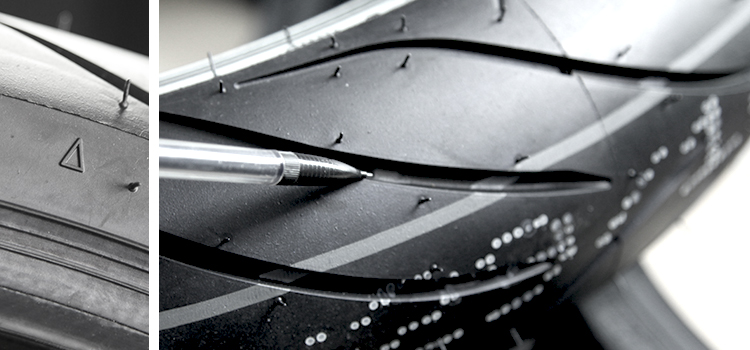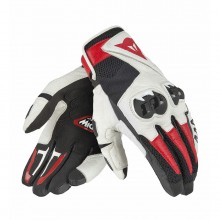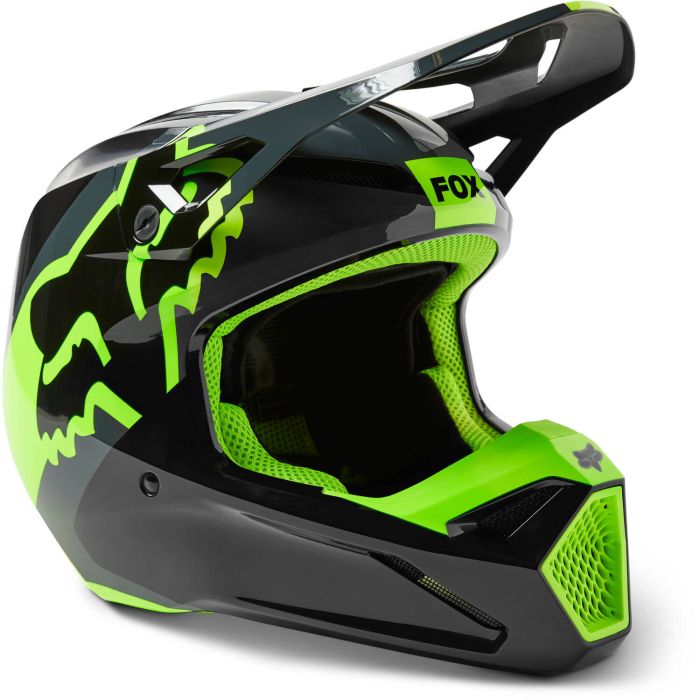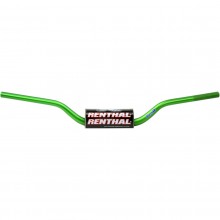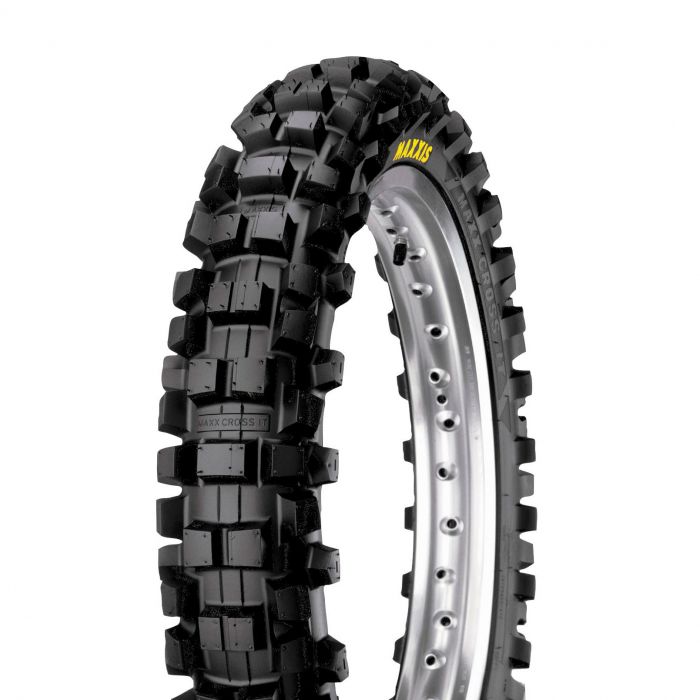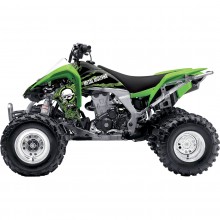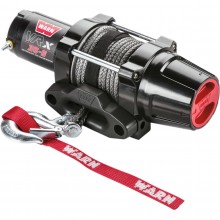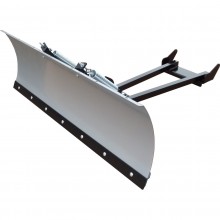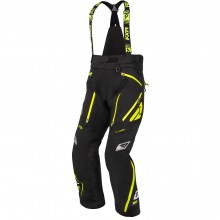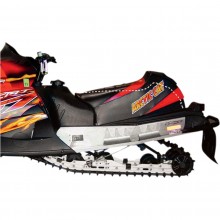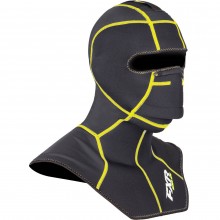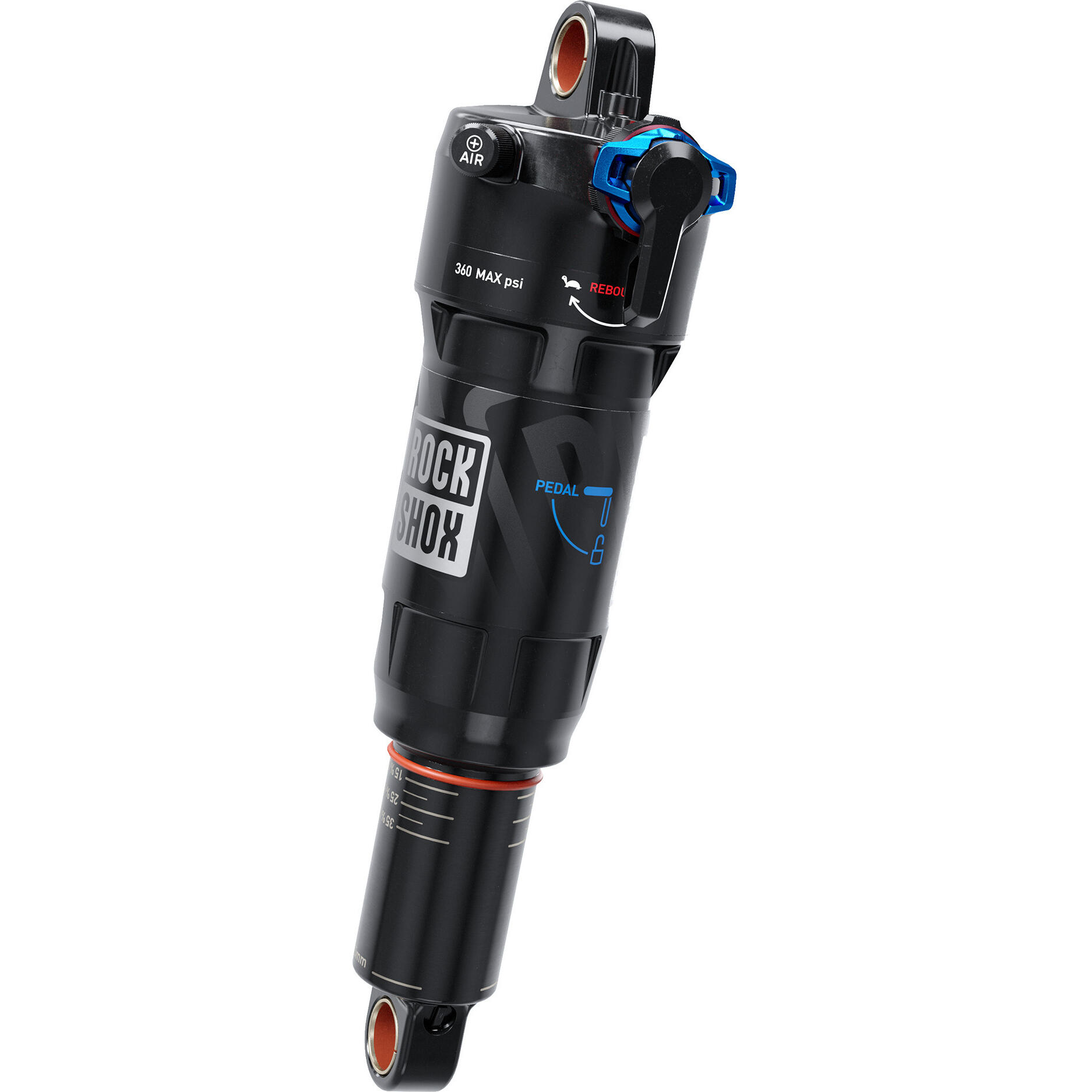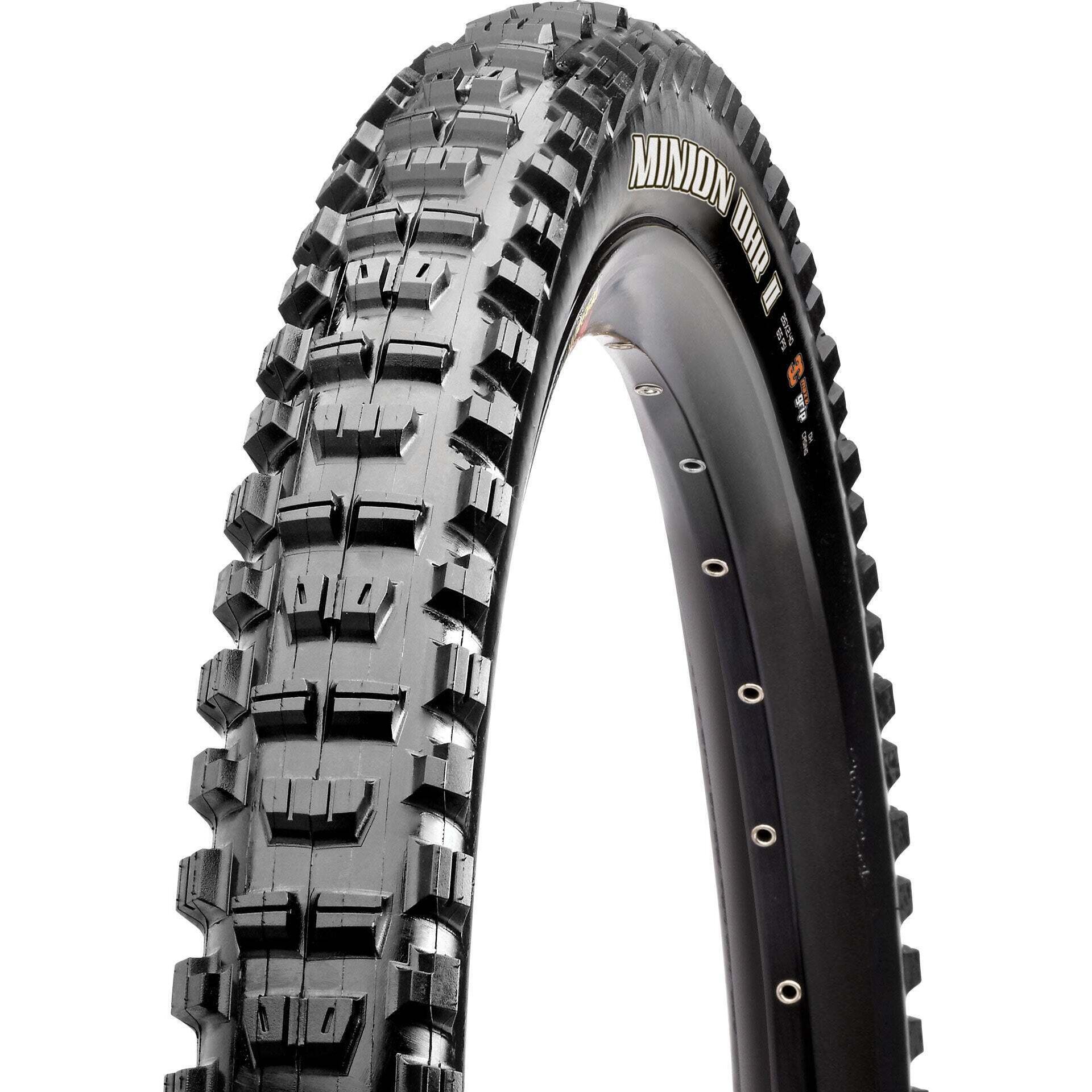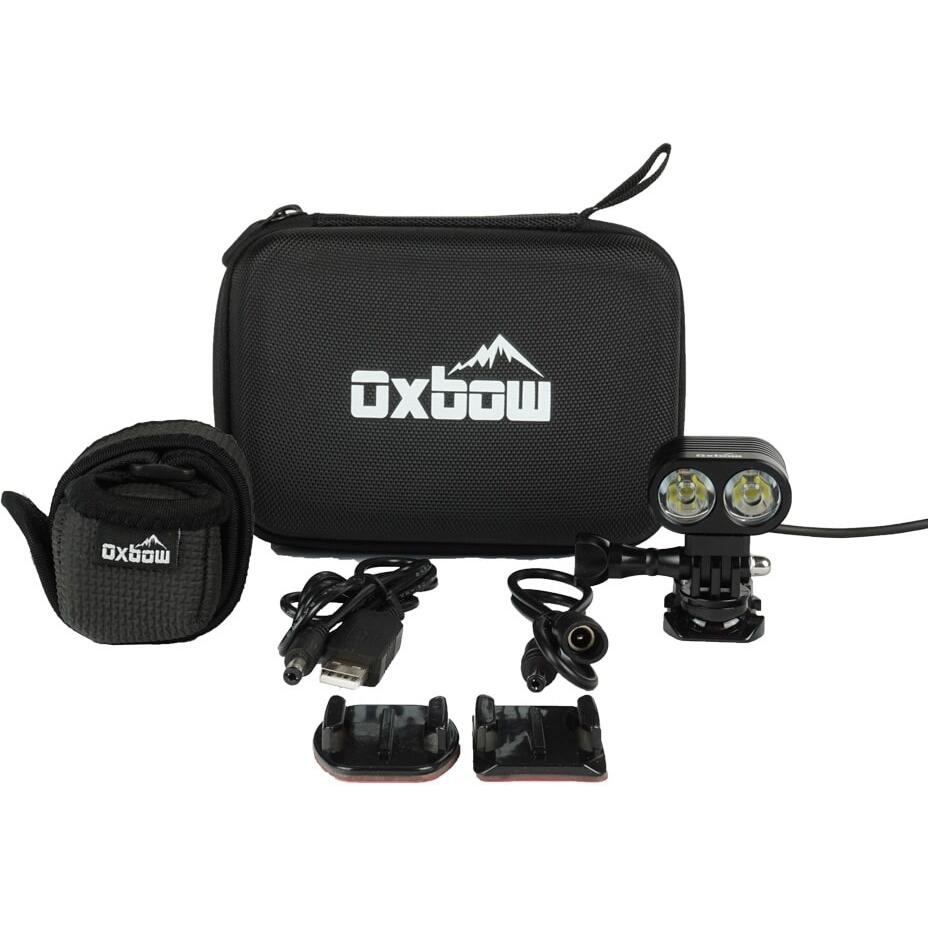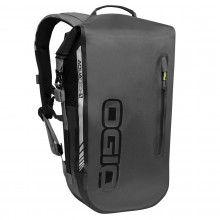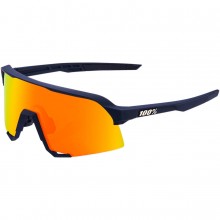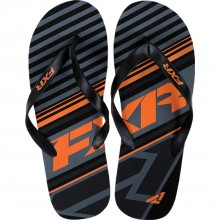99% of the time, your tires will use one of three coding systems. All of them use numbers and letters on the tire's sidewall to tell you things like width, diameter, aspect ratio, load capacity and speed rating.
Metric Tire Codes
Metric codes will look something like this:

130/90 – 16 M/C 67 H
And this is how you read a metric code:
130 = tire width (mm)
90 = aspect ratio (height/width, %)
– = tire construction (“–“ suggests bias-ply, "B" suggests bias-belted and "R" stands for radial construction. Sometimes, this piece of code will be omitted and “Radial” will be written elsewhere on the sidewall)
16 = rim diameter (in.)
M/C = vehicle designation (M/C just means it’s a motorcycle tire, and sometimes this part is omitted entirely or mentioned elsewhere)
67 = load index (see Load Index Chart )
H = speed rating (see Speed Rating Chart )
There are a few exceptions. Tires with a “V” or “Z” speed rating will put the speed rating code before the construction type. For example, the same tire with a radial construction and Z speed rating would read:
130/90 ZR16 M/C 67
Very quick tires will often list two speed ratings: 120/70 ZR17 M/C (58W). " Z" is a non-specific rating, indicating that a tire is limited somewhere beyond 240 km/h. "W" is the actual limit: a meaty 270 km/h. In this way, W- and Y-rated tires are always Z-rated as well.
If you come across a metric code with any other abnormalities, go to the website of the tire brand in question. Most companies will have a detailed breakdown of their codes online.

Standard Inch Tire Codes
If you’re riding an antique bike, the OEM might recommend a tire in inch designations. These go something like this:
3.00 H 16 4PR
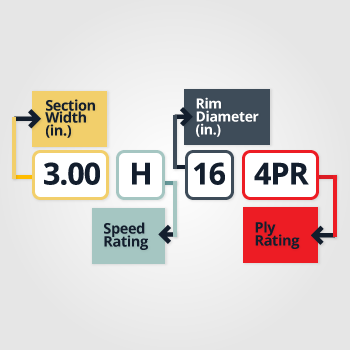
And this is how you read it:
3.00 = section width (inches)
H = speed rating (see Speed Rating Chart )
16 = rim diameter (inches)
4PR = ply rating
Standard Inch tires do not specify an aspect ratio, as it is assumed to be 100%. They are also presumed to employ bias-ply construction. Again, certain companies – at certain times – have introduced abnormalities to this coding scheme. If the markings on your tire don’t line up, consult the particular brand's website.
There is also an obscure variant of this system called Low-profile Inch. However, this sizing method is about as common as a dodo bird. If you come across it, give our customer service team a call.
Alpha Tire Codes
Alphabetical tire codes will look something like this:
M T 90 – 16 Load Range B
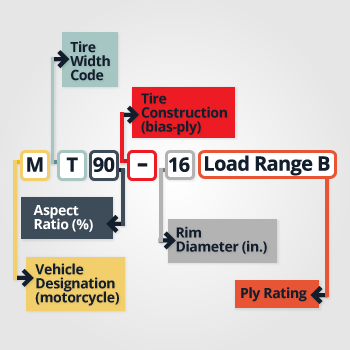
And here's how to read an alpha code:
M = vehicle designation (motorcycle)
T = tire width code (see Converting Between Sizing Systems for the physical meaning of this)
90 = aspect ratio (%)
– = tire construction (a “–“ suggests bias-ply, a "B" suggests bias-belted and an "R" stands for radial.)
16 = rim diameter (in.)
Load Range B = ply rating (which, in turn, relates to load capacity)
Just to sound like a broken record, I’ll tell you that there are some abnormalities to this code. For example, you might see something that looks like this:
M T 90 B 16 71 H
It seems to fit with a standard alpha system, except for the last two figures: 71 H . Here, 71 indicates the load index (see Load Index Chart ). The “H” is a speed rating.
If the code you find doesn't match this variation either – all together now – go consult the specific product page.
Inflation Pressure
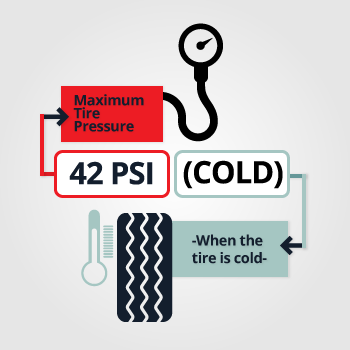 There are other important codes on every sidewall. You might see something like “42 PSI (COLD).” This indicates that the
maximum
inflation pressure is 42 PSI when the tire is cold (i.e., when it has been sitting overnight.
N
ot
after the bike has been in the sun all day, or after a spirited ride).
There are other important codes on every sidewall. You might see something like “42 PSI (COLD).” This indicates that the
maximum
inflation pressure is 42 PSI when the tire is cold (i.e., when it has been sitting overnight.
N
ot
after the bike has been in the sun all day, or after a spirited ride).
One common mistake is to assume that the maximum pressure is also the recommended pressure. This might be the case, but it probably isn't. The only way to tell is to consult your owner’s manual, where the manufacturer will specify an optimal pressure for various load scenarios.
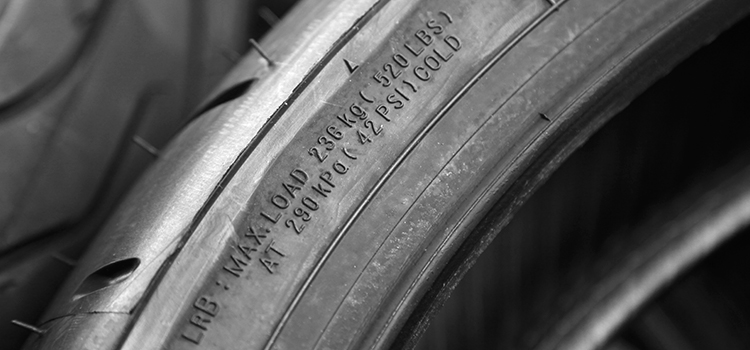
Directional Arrows
 Another important marking is the directional arrow. This will look like - you guessed it - an arrow. There might even be a "DIRECTION" label next to it, which is useful for the densest of motorcyclists.
Another important marking is the directional arrow. This will look like - you guessed it - an arrow. There might even be a "DIRECTION" label next to it, which is useful for the densest of motorcyclists.
Mounting a tire in the right direction is critical. Fancy tread patterns are engineered to grip the pavement and channel water outwards, but only if they’re running the right way. Likewise, tires are specially designed to withstand rotational strain – like heavy acceleration or braking – in a particular direction.

Born-on Dates
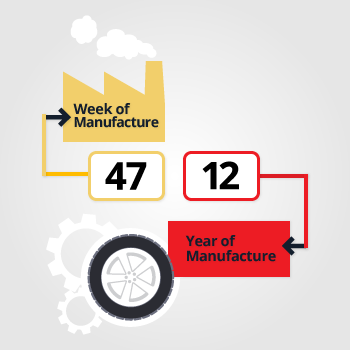 Every tire also has a born-on date. Look for four numbers somewhere near the DOT identification code. The first two numbers indicate the week of manufacture, and the last two indicate the year. For example, "4712" shows that the tire was made in the 47
th
week of 2012.
Every tire also has a born-on date. Look for four numbers somewhere near the DOT identification code. The first two numbers indicate the week of manufacture, and the last two indicate the year. For example, "4712" shows that the tire was made in the 47
th
week of 2012.
Tires made before the year 2000 only have three-digit date markings. But, since tires need to be replaced every 6 or 7 years regardless of use, you don't need to learn how to read these codes. If you see a three-digit born-on date, just chuck the tire away.
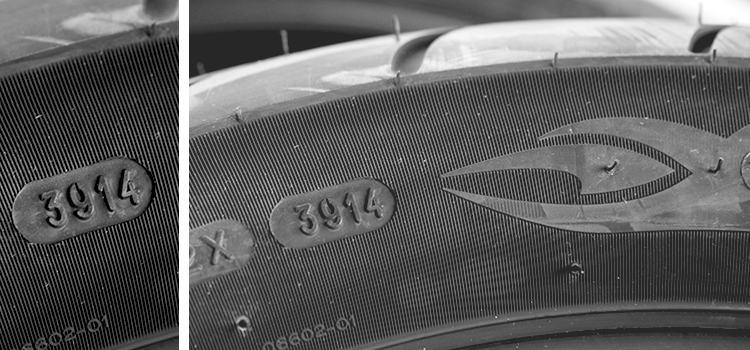
Tread Wear Indicators
 On a tire's sidewall, you might see little arrows pointing up towards the tread surface. Sometimes, there will also be a "TWI" symbol. These markings are meant to indicate where the tread wear indicator bars are located.
On a tire's sidewall, you might see little arrows pointing up towards the tread surface. Sometimes, there will also be a "TWI" symbol. These markings are meant to indicate where the tread wear indicator bars are located.
To use these, find the TWI symbol and then search the tread surface in line with it. Inside the grooves, you should see little raised bars running perpendicular to the groove pattern. When the bars become level with the outermost surface of your tread, it's time to replace the tire.
